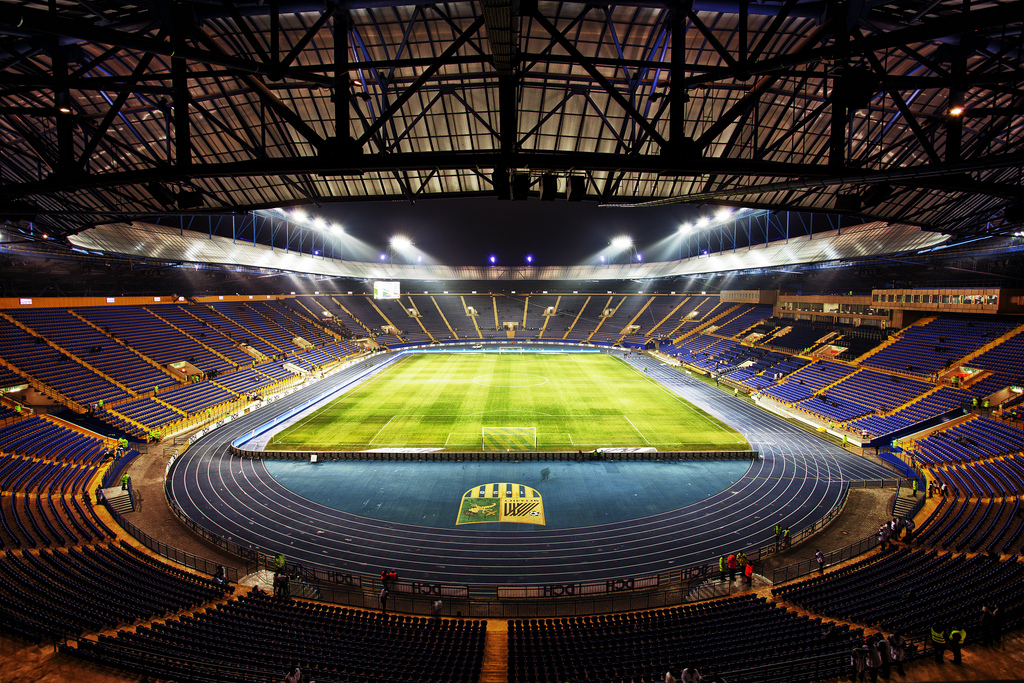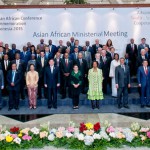An industry requires capitals, and one of the prerequisites of a successful industry is a healthy human capital in the form of its labors. Development in political economy has resulted in the rules and procedures on how governments and private sector should protect workers’ rights as workers’ well-being is part of the employers’ responsibility. In this aspect, cases of human rights violation found in Brazil and Qatar display a horrifying image that is the football industry.
In a football match, two sides fight it out for 90 minutes trying to score more, and to concede less than the other team for two halves, separated by a commercial break. Players wear eye-catching jerseys and boots, with logos of well-known manufacturers and sponsors attached. 80.000 fans cheer for their clubs. Stadiums look ever so immense. ‘The beautiful game’ is indeed irresistible.
Football is t he most popular sport in the world, and attracts more people than any other sports does. Last year’s FIFA World Cup 2014 final match between Germany and Argentina was watched by more than 1 billion viewers worldwide, making it the most-watched event in the history of sport. 672 million tweets were sent related to the event held in Brazil, in contrast to ‘just’ over 40 million tweets on Sochi Winter Olympics, the Super Bowl’s 24.9 million tweets and 17.7 million tweets generated by the NBA Finals. With the staggering attention it draws, the football industry has had no trouble growing into a multi-billion dollar industry.
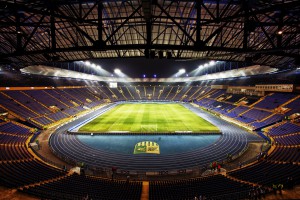
The clubs, main actors in the industry have three main sources of income: matchday revenue, broadcasting, and commercial rights. Matchday revenue comes from stadium ticket sales – it is the smaller bit. Broadcasting and commercial rights – including advertising, branding, naming rights, and sponsorships, make up the biggest part of professional clubs’ revenues.
Financial service firm Deloitte found that in the 2012/13 football season, revenues of the big five European leagues grew by 5%, accumulating to €9.8 billion. English Premier League, the top football league filled with the world’s richest clubs just concluded a deal with Sky and BT Sport, which resulted in a record contract of £5.1 billion paid to EPL clubs for live broadcasting rights for all seasons from 2016 to 2019 seasons. Merely a decade ago, the number was nowhere near today’s amount, at just £1 billion.
This trajectory of capital allows clubs to spend millions on buying new players and paying the exorbitant wages of their top eleven footballers on the field. The likes of Wayne Rooney, Eden Hazard, Radamel Falcao, and Sergio Aguero, all under 30 year-old, have the fortune to drive sport cars, dine at luxurious five-star restaurants, and live in high-end apartments in London and Manchester, all thanks to their comfortable incomes upwards of £300.000 weekly. The average annual salary of a Premier League player is at an all-time high, £2.3million, and dwarfs other industries’ employees’ wages. Players’ services are bought for hefty sums, too. Gareth Bale and Cristiano Ronaldo were transferred for no less than £80m each, after which the player’s new clubs can make more millions from shirt sales, name rights, and sponsorships.
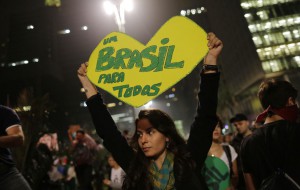
On the other side of the pitch, reality is not as sweet. The preparations of for holding prestigious events such as the World Cup often unravel problems that previously had been ignored. Both Brazil as host of the 2014 World Cup and Qatar as the host of the 2022 World Cup have been put into the spotlight, amidst accusations of massive misappropriations human rights violations. As if the controversy surrounding the football governing body FIFA was not enough.
One Rafael Braga Vieira was walking in the street of Rio de Janeiro when he was confronted by Brazilian police. The city was in high tension following month-long protests, in that particular night hundreds of thousands demonstrators were dispersed by police. Rubber bullets were shot, tear gas was thrown. He was on his way to his aunt’s house, carrying two bottles of cleaning products to give to her.
Rafael says the police stopped him, arrested, and then beat him. Police accused him of being part of the demonstration and charged him for ‘carrying explosives without authorization’. A report by Amnesty claimed ‘the forensic department concluded that the chemicals in the products couldn’t possibly have been used as explosives’. Even so, Rafael was still sentenced to five years of prison for petty theft.
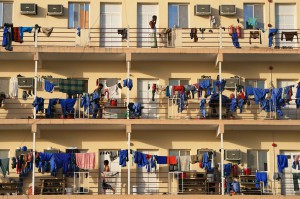
In Qatar, violations have proven to be even more concerning. A Guardian investigation into construction project for the 2022 FIFA headquarters in Qatar 2022 found that: 82 Indian workers had died in a 5 months period and reported 44 Nepalese migrant workers died in two months of highly unacceptable violations of workers’ rights. Although Qatar national labor law – Ministerial Resolution No. 16 of 2007 – specifies that workers should not work from 11.30am to 03.00pm, many workers claimed to have been working up to 12 hours a day in the summer, when temperatures easily reach 50°C.
Migrant workers reported issues of hunger, retained salaries by employers, overcrowded and insanitary housing, and other maltreatments attributed to the Qatar government. Exposure to uncovered septic tanks, overflowing sewage, and deprivation of running water have been revealed.
Many migrant workers are struggling to survive during the period of their contracts, and may not even return home after the fulfilment of the contract. Reports suggest employers have been blackmailing workers into signing statements stating they have been paid for their work, leaving them penniless.
When British human rights researchers Krishna Upadhyaya and Ghimire Gundev visited Doha to investigate the treatment of migrant workers in Qatar, the two went missing on their last day of stay. Even after almost six days of the two’s disappearance, no official statement had been issued by the Qatari authorities. Calls for significant improvements in the infrastructure projects’ employment policy have been echoed by many governments and organizations.
It is striking to see the development of football showing two sides of progress that are in stark contrast to each other. The business continues to grow exponentially, allowing for more funds to be distributed within the industry, while the other side displays a worrying image of serious human rights violations, a high death toll amongst workers and unresponsive government officials doing their best to avoid addressing and tackling these issues.
By Fajar Adhiprabawa
Image credit:
Picture 1: Aleksandr Osipov, licensed under CC BY-SA 2.0
Picture 2: Sebástian Freire, licensed under CC BY-SA 2.0
Picture 3: Richard Messenger, licensed under CC BY-NC 2.0
